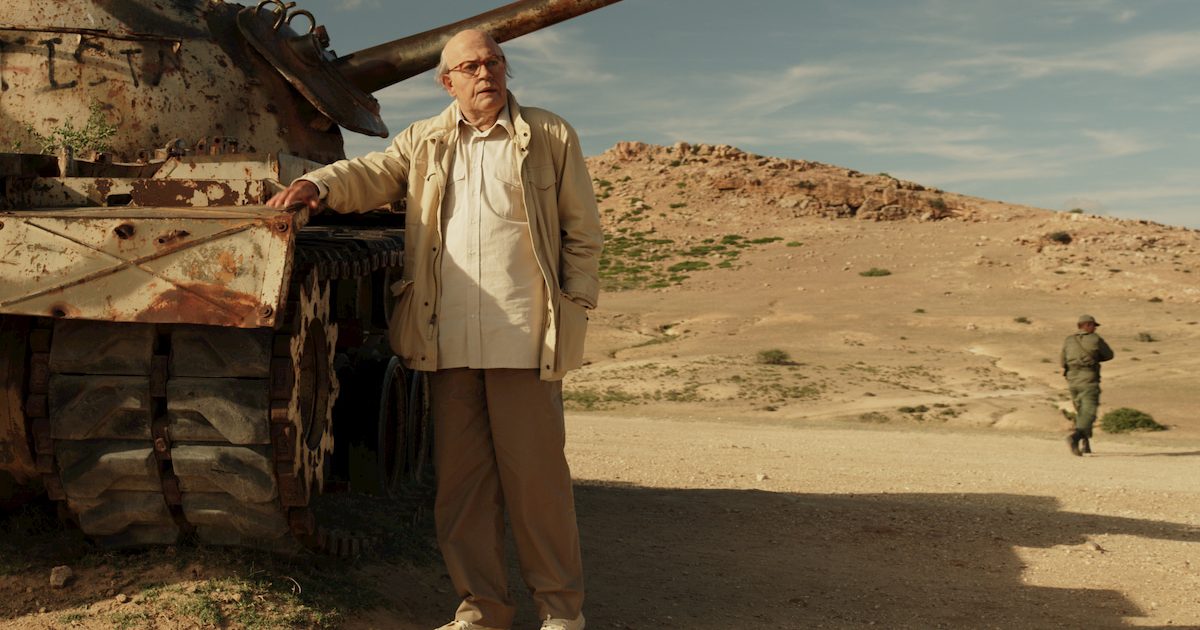Gianni Amelio’s Hammamet (2020) is a poignant cinematic exploration of power, legacy, and human fragility. Centered around the controversial final years of Bettino Craxi, a former Italian Prime Minister. Renowned for his ability to delve into complex characters and social issues, Amelio crafts a fictionalized narrative that transcends politics, delving into the personal struggles of a leader facing exile and irrelevance. Through its storytelling and striking locations, Hammamet evokes a profound sense of isolation, nostalgia, and introspection.
A Fictionalized Portrait of Craxi
Hammamet focuses on Craxi’s time in Tunisia, where he lived in exile following a series of corruption scandals and the collapse of his political career. The film is less a biographical account and more a meditation on power and its aftermath. Pierfrancesco Favino delivers an extraordinary performance, embodying Craxi’s physical and emotional presence, bringing nuance and humanity to a polarizing figure.
Rather than following a traditional biopic structure, Amelio uses poetic storytelling to reflect on themes of loss, family, and mortality. The film avoids overt political commentary, instead presenting Craxi as a deeply flawed yet deeply human character, grappling with his choices and their consequences.
Locations in Hammamet
The film’s locations play a pivotal role in setting the tone and framing Craxi’s emotional state. Much of the movie is shot in Tunisia, particularly in the town of Hammamet, where the real-life Craxi spent his years in exile. The choice of this setting is significant; the bright yet arid landscapes mirror the duality of Craxi’s existence—beautiful and serene, yet isolating and barren.
The villa where much of the story unfolds is reminiscent of Craxi’s actual residence, with its grandeur juxtaposed against a sense of emptiness. Its lush gardens, Mediterranean architecture, and ocean views create an atmosphere of confinement. Masked by luxury, reflecting Craxi’s internal struggle as he reconciles his former power with his current isolation.
Scenes by the sea, with vast, endless horizons, evoke a longing for freedom and connection, while the sparse interiors of the villa underscore the loneliness of exile. The setting becomes a character in itself, shaping the narrative and amplifying the film’s emotional depth.
A Visual and Emotional Masterpiece
Through Hammamet, Gianni Amelio demonstrates his mastery of visual storytelling. The combination of Favino’s transformative performance and the evocative use of location creates a cinematic experience that is both intimate and grand. The Tunisian landscapes and the titular town of Hammamet become a lens through which the audience can understand not only Craxi’s personal struggles but also the broader themes of power, regret, and redemption.
In Hammamet, the setting is not merely a backdrop; it is a mirror to the soul of a man grappling with his past. Offering viewers a compelling exploration of human complexity and the weight of legacy.
Watch the movie on Movieitaly+
Read more articles over here!






